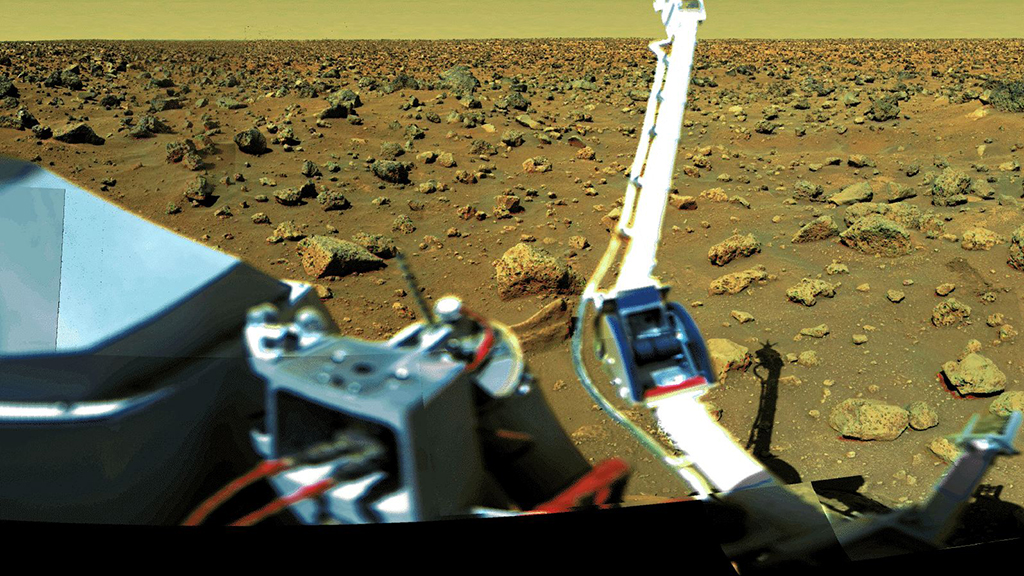Abstract
Three experiments carried out by the Mars Viking landers in 1976 remain, to this day, our only attempt to detect life on another planet. All other efforts have looked for the presence of elements or conditions thought to be necessary for life rather than for the presence of life itself. This case study struggles with the difficulties of designing experiments to detect life when there is no consensus as to what life is. Students play the role of interns working at NASA where they propose experiments, work to understand the actual experiments carried out, analyze the data, and propose revised experiments. This case requires between one and three hours to complete, depending on the format used (jigsaw or two variations on an interrupted case, explained in the teaching notes). Little background is required. The case has been used in both an astrobiology course and a freshmen general biology course for non-majors, and works equally well either to introduce the question "what is life" or to review the topic at the end of a course.



